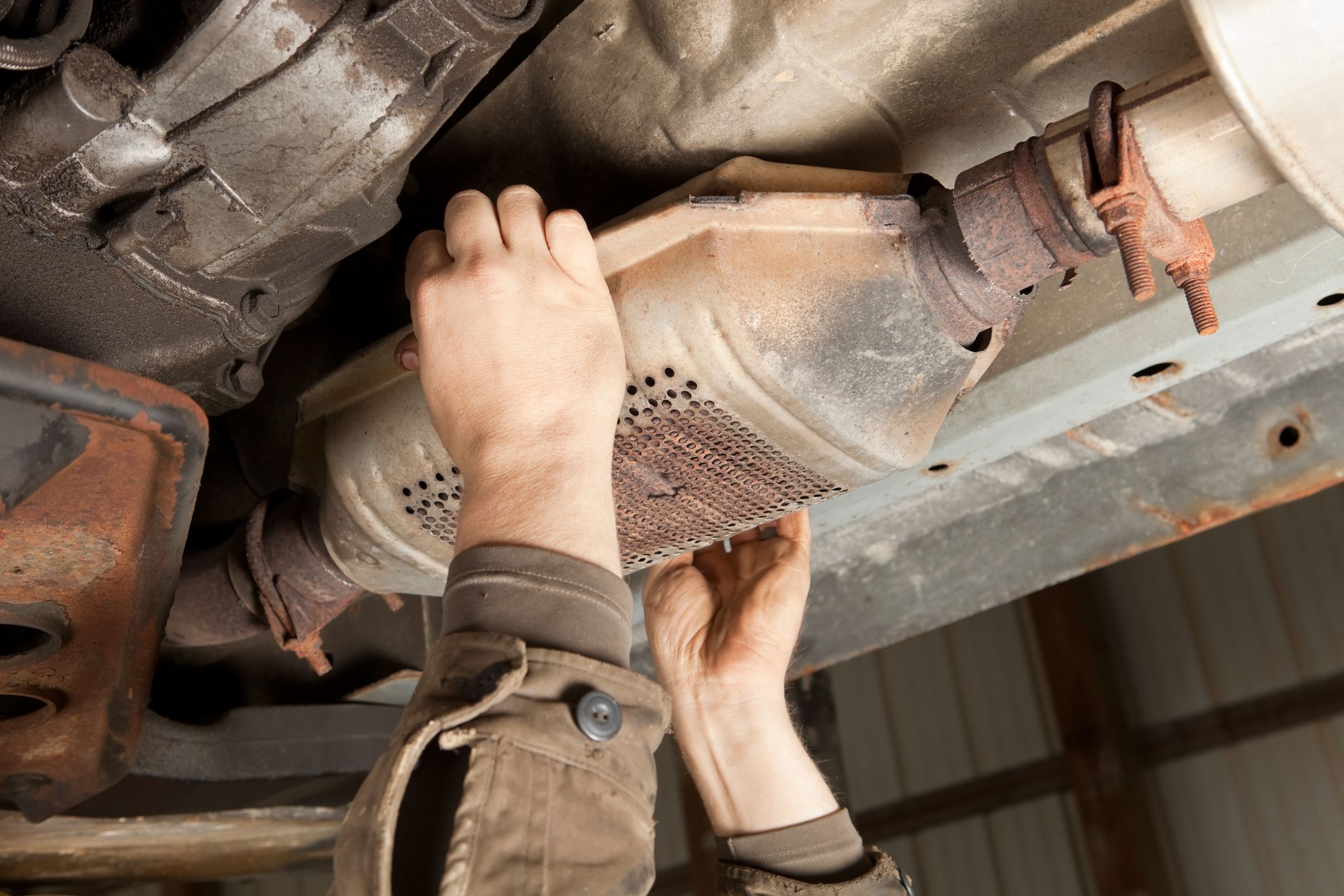Collision coverage helps pay to repair your car if it’s damaged in a collision with another vehicle or object, such as a fence. It generally comes into play because a driver gets into a car accident, but do you know what comprehensive coverage is for?
Comprehensive coverage helps cover damage to your car that’s not the result of a collision, such as:
- Theft
- Vandalism
- Fire
- Natural disasters (like a hurricane or a tornado)
- Falling objects
- Damage done to your car by animals
- A civil disturbance (like a riot that results in damage or destruction of your car)
Comprehensive coverage deductibles and limits
When you purchase comprehensive coverage, you will select a set deductible, which is the amount you pay out of pocket toward a covered claim. Let’s say you choose a $500 deductible, and your car is later damaged by hail in a covered claim. If it costs $1,500 to repair your car, you would pay your $500 deductible, and your insurance would pay the remaining $1,000.
Comprehensive coverage has a limit, or the maximum amount your policy will pay toward a covered claim. The limit on comprehensive coverage is typically the actual cash value of your vehicle.
If your car is stolen, for example, your insurance company would reimburse you for your car’s depreciated value, minus your deductible. In other words, if you wanted to replace your stolen vehicle with a newer make and model, you would likely have to use some of your own money to do so, in addition to using the reimbursement from your insurer.
Choosing a comprehensive coverage deductible
Your insurer will offer comprehensive deductible amounts in set increments, such as $500, $1,000 or $1,500. Choosing a higher comprehensive deductible generally means your premiums will be lower, which can save money upfront. However, you may have to pay more out of pocket toward a covered claim. Likewise, choosing a lower comprehensive deductible means the amount you pay for coverage will increase. Your agent can help you determine what deductible and limits fit your needs.
Why get comprehensive coverage?
If you’re wondering whether you should buy comprehensive coverage, here are a few considerations:
- Comprehensive coverage may be required by your car’s lender.
If you’re leasing or financing your vehicle, your lender may require you to have comprehensive and collision coverage until the vehicle is paid off. - How old is your car and what is it worth?
If you have paid off your car, comprehensive coverage is optional. It may be a good idea to find out the Kelley Blue Book value of your vehicle. Would you be able to pay that amount to repair or replace your vehicle if it were stolen or damaged in an accident? If you can’t afford to pay much out of pocket, then buying optional coverages, like comprehensive coverage and collision coverage, may be a smart investment.
Have questions about comprehensive coverage? Reach out to review your policy and see what is right for you.
Photo Credit: Car and Driver





